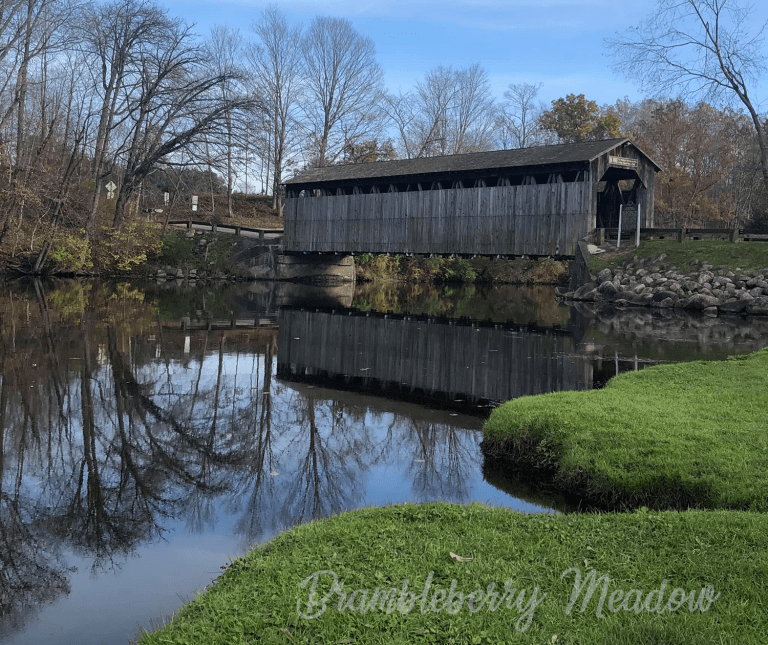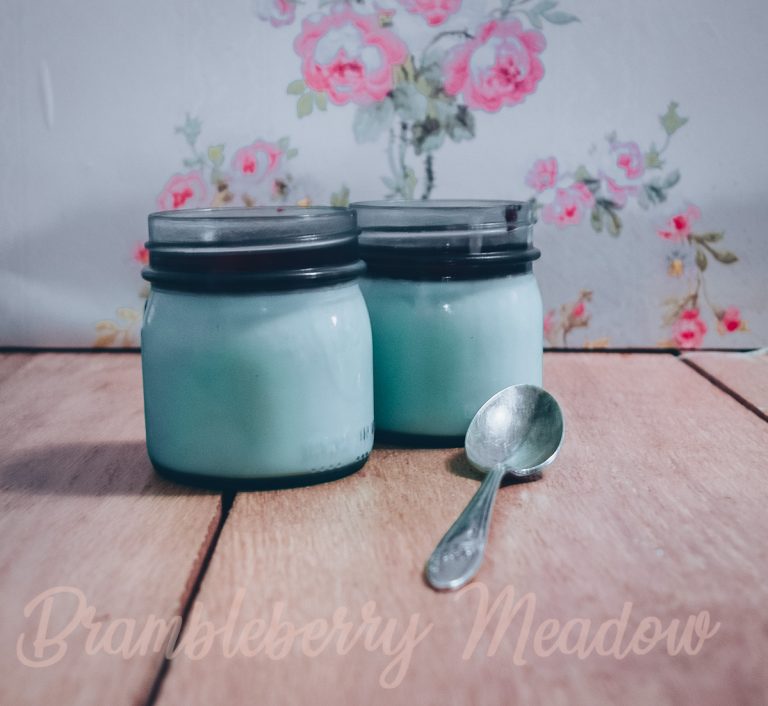It’s More Than Just Growing Roots
I spent Father’s Day weekend burying my Dad. As a dyed-in-the-wool Daddy’s Girl, that was a special kind of hard. In the course of all the things that happened in that process, we all went up to Ellsworth for a graveside ceremony. As we waited for everyone else to show up, my sister and I wandered through the cemetery and pointed out to my niece and my daughter all the relatives we had there – close and distant. Grandpa V. Great-grandma and Grandpa V. The twins, John and Andy. Cousins galore. And lots of other folks we remembered from frequent visits to the North country where Mom and Dad grew up. All the while, more people trickled in. Cousins, aunts, uncles, and even two of Dad’s high school friends and teammates. I greeted people, drifting from one knot of conversation to another. And finally ended up at the crest of the hill that marks the back of the cemetery. From that vantage point, the rolling hills of Antrim County spread out and away. On a day less hazed by the recent wildfires to the North, you could normally even see a faint strip of Lake Michigan. And I thought to myself, “he’s home.” That thought was followed close on by another – “I don’t have this.”

Poet Laureate Donald Hall once said that real communities are thick with the known dead. And that’s true. But only partly true. Yes, I knew or at least knew of most of the people who now rested beneath my feet. I’m related to a high proportion of them. But I’m not known to the live people who are left. I’m a stranger to these hills and streams. None of the various cousins comforting my mother would have known me in the grocery store aisle – even if Tom’s was still open a bare few miles away.
Later that afternoon, I brought Mom all the way home. And then headed back across the state to my own home. Which gave me lots of time to ponder things. Since I am, simultaneously, working on a podcast episode on the soil microbiome, it should be TOO big a surprise to find that these two threads wove together in my head.
A community operates much like the soil microbiome. You can plant your roots wherever you like. But you’re still dependent on all those tiny things going on IN that place to really become rooted. If you move to a place, but merely live there, the lack of interaction is going to make you feel – unfed. Out of place. Like the garden thinks you’re a weed. All the more so if you’re expecting that soil to simply feed you, with no effort on your part.
This is not how it works. First of all, you’re going to have to put things out into the soil that attract members of the community. Community is not fertilizer. You can’t just dump something on it and get it to grow for you. In other words, you’ll have to give of yourself. To spend time and resources making things that are going to benefit someone else – and not directly benefit you. Maybe that’s volunteering in the church nursery. Or becoming a regular at the little coffee shop on the corner. Or setting up a corner produce stand – and maybe even donating some of your produce to a local food bank. That first action on your part will act like the first phytochemicals plant roots put out into the soil. They attract some microbes, that in turn begin to make things that benefit the plant. The first vestiges of true community have begun.
And, like a full rhizosphere, community accretes. Little by little, organism by organism. Those first interactions are fairly simple and superficial. A neighbor brings you a meal after finding out you broke your ankle. Kind, necessary interactions – but rather brief and noncommittal. The longer you are there – and the more you feed your community with your actions, the more it feeds you. If you stay in one place long enough – and you continually feed your community with lots of different things, you’ll eventually be like that big apple tree. It sits on the slope, basking in the sunshine, and reigning over a massive soil community. Some of the members may even send out filaments a half a mile or more from the tree to pull in nutrients it can’t reach – but needs. All around that apple tree, far beyond the shade cast by its branches, the meadow thrives with life. All dependent on the soil community. Which in turn depends on the tree. And someday, even when the tree dies, and its branches fall, it continues to feed the community – returning to it everything that it provided.

Not all communities are like that. The one I live in is not. Now, some of that has been a lack of effort on our part. But, in general, resort communities don’t develop those healthy economic and social ecologies. They’re more like a conventional field of corn. Dependent on tourists and strangers for subsistence, like the corn depends on nitrogenous fertilizers added to the soil by the ton. The corn grows, but the soil community remains stunted. It can’t feed the corn without the nitrogen. But the corn doesn’t stay long enough or provide anything to feed the community. So all you get is one brief, annual flush of green and gold – and then a season that is more or less dead.
You can probably think of a lot of other communities that have troubles because of other sorts of disruptions of that relationship. Any community that constantly uproots its new, green plants and transplants them somewhere else is doomed. One that refuses to feed new roots, no matter what they offer will similarly be sterile, stunting their own growth.
My new goal is to find a place where we CAN put down roots. And then to commit to feeding the community, and being fed by it, in turn. So that, someday, we are so deeply a part of it that one cannot tell where we end and it begins.







